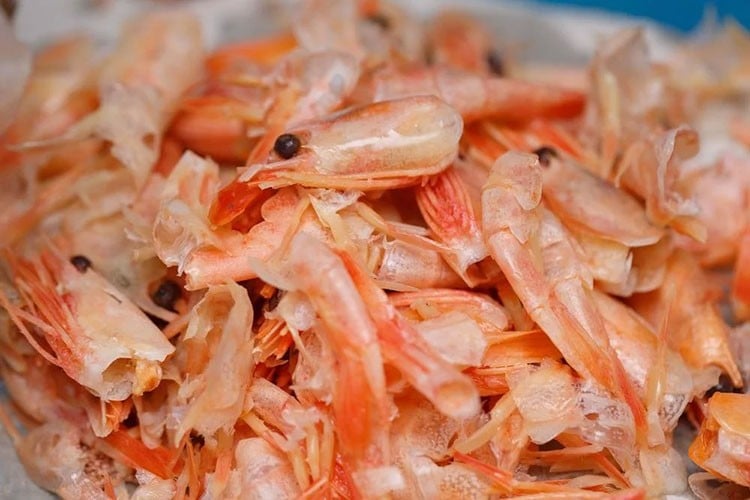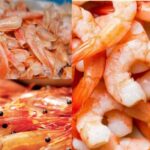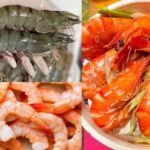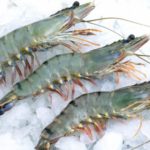Vietnam – A Shrimp-Farming Powerhouse That’s Neglecting a Hidden Treasure
It’s no coincidence that shrimp is likened to the “white gold” of Vietnam’s seafood industry. Each year, the country exports hundreds of thousands of tons of shrimp to demanding markets such as the US, Japan, and the EU, bringing in significant foreign exchange earnings. According to the Vietnam Association of Seafood Exporters and Producers (VASEP), Vietnam is currently among the top 5 shrimp-exporting countries worldwide.
However, what surprises many is that alongside these containers of exported shrimp, hundreds of thousands of tons of shrimp shells – accounting for about 35% of the shrimp’s weight – are either discarded or utilized very minimally. These by-products are often only used as cheap animal feed or, worse, end up as waste that pollutes the environment.
Shrimp Shells: From Waste to Billion-Dollar Resource
Few people are aware that within the hard shell of a shrimp lies chitin, a natural compound that can be processed into chitosan. Chitosan is hailed as the “green material of the 21st century” due to its diverse applications: it is used in pharmaceuticals, nutraceuticals, high-end cosmetics, medical devices, organic fertilizers, and even eco-friendly wastewater treatment products.
According to experts, the value of chitosan can be 20-25 times higher than that of raw shrimp. In other words, the part that we discard holds significantly more potential value than the shrimp itself.
Biotechnology experts assert that if Vietnam were to effectively utilize shrimp shells to produce chitosan, the annual revenue could reach billions of dollars. This would not only increase revenue but also contribute to waste reduction, pollution mitigation, and the development of a green and sustainable economy.

Why Hasn’t Vietnam Tapped Into This Potential?
Currently, only a handful of businesses in Vietnam invest in chitosan production from shrimp shells, and even then, the scale is relatively small. The main reason for this lies in the costly and technologically demanding nature of chitosan extraction, which requires modern equipment and a closed-loop process. Additionally, there is a lack of strong encouragement policies or tight linkages between the stages of the value chain: from farming to processing and by-product utilization.
In contrast, countries like Japan, the US, and South Korea have recognized chitosan as a strategic product in their biotechnology industry development, boasting large-scale production and advanced technology.
An Opportunity for Vietnam’s Shrimp Industry to Soar
Fortunately, the concept of a “circular economy” has been gaining traction in the government and among businesses lately. Some seafood processing companies have started collaborating with research institutes to pilot small-scale chitosan production lines.
Economic expert Nguyen Thu Ha states, “If Vietnam can capitalize on shrimp by-products, it will not only enhance its export value but also contribute to building a green economy and reducing plastic waste and toxic chemicals in production.”
To materialize this goal, Vietnam should focus on the following:
- Invest in research and technology transfer for advanced chitosan production.
- Establish linkages between farmers, processing enterprises, and by-product manufacturers.
- Offer incentives and financial support to businesses investing in biotechnology.




































